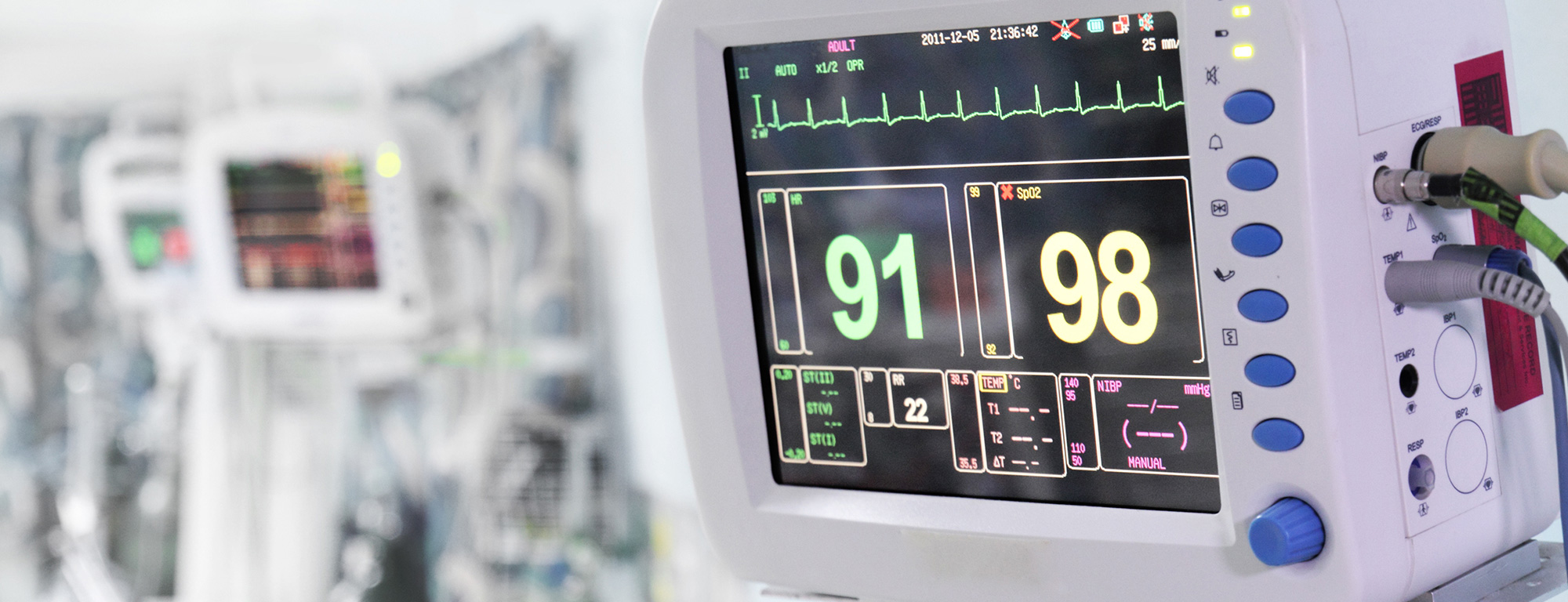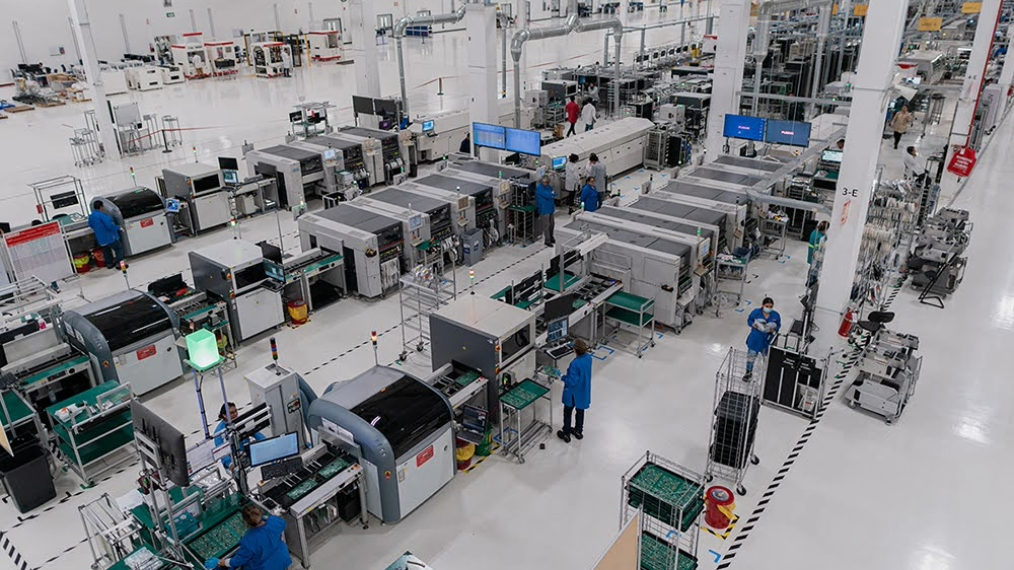The delayed Medical Device Regulation remains challenging for manufacturers and suppliers during COVID-stricken times.
After a one year delay by the EU Commission due to the coronavirus pandemic, the EU-wide Medical Device Regulation (MDR) will take effect on May 26, 2021. It will require all new devices entering the European Union (EU) market to adhere to the new regime. Measures in the regulation include new classification rules, product identification numbers (UDI), changed guidelines regarding Clinical Evaluation Reports (CER) and post market surveillance. A selection of manufacturers must also appoint their own MDR representatives to remain compliant. Despite this extension, the challenges facing medical device manufacturers with products in use in Europe remains.
The end of the EU transition period on 31 December has amplified concerns in the United Kingdom, as the postponement of the MDR until 2021 has left many with valid questions as to where they stand and what will be required. Will MDR requirements be consistent across the UK and EU after Brexit? How will regional certification processes differ? While the answers to many industry questions lie with government or regulators, it is clear that the new MDR requirements do not offer any protection for existing products. Therefore, the system will come under more pressure as medical devices that have already received certification must be re-tested following the end of the transition period.
Even before the coronavirus pandemic, there was a lack of resources, independent testing and certification bodies with sufficiently qualified personnel. While the planned postponement of the MDR transition period was intended to prevent further bottlenecks and interruptions in the supply of medical devices, it remains to be seen whether this grace period will really help companies implement the regulatory requirements on time.
The last 12 months have been unprecedented with the focus for companies on maintaining the supply chain in order to sustain patient care. While the expertise and speed of the industry has been evident, some manufacturers were pushed to the limits of their manufacturing capabilities by COVID-19. They also face increased need for innovative solutions, which has left little time to take on MDR – even with an extension of the deadline.
By the end of May, manufacturers need to be able to close compliance gaps and review existing products as part of product lifecycle management, improve features and even carry out a complete redesign.
We urge any business that has not considered the impacts of MDR to do so as soon as possible. The first step is to understand exactly what is required. A gap analysis will identify missing or incomplete MDR compliance for devices and systems. Now, more than ever, software is a focus of regulation. Ideally, updates alone can make important changes to the product without affecting the hardware and without the need for re-certification. If there is a need for additional action, it is necessary to decide to what extent the product must be adapted.
Given this, partnerships can be hugely beneficial to navigate compliance successfully. Working with an expert partner like Plexus, with years of experience in dealing with complex products for demanding regulatory environments, can give a medical device manufacturer the upper hand. In addition, Plexus provides cross-industry engineering expertise in the event technical changes are required to meet product reclassification requirements.
Authors:
Robert Frodl,Director of Customer Development, DACH
Peter Smith,Director of Engineering Solution – EMEA



